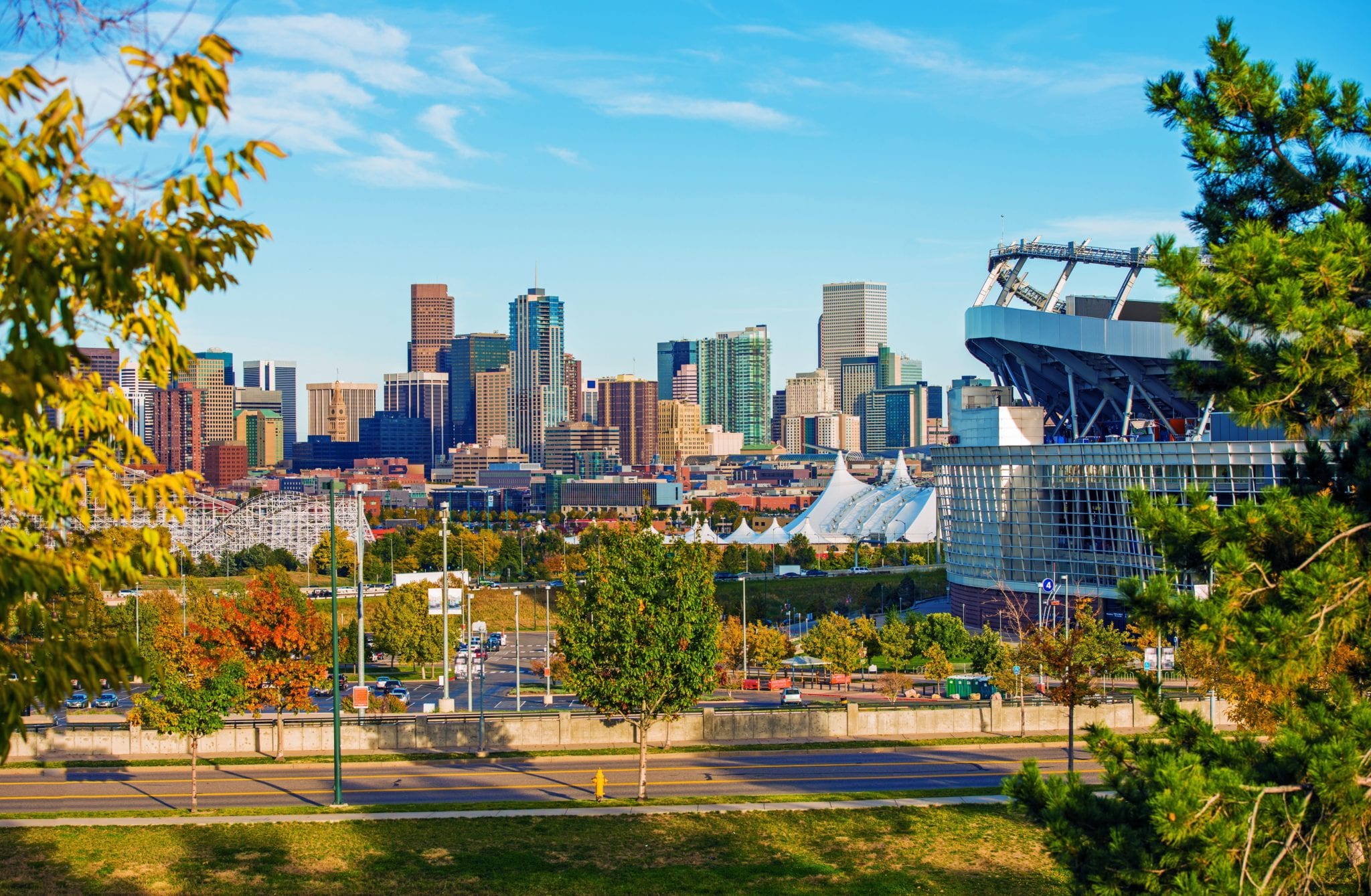Restaurateurs have an appetite for Denver, evidenced by the fact that 235 new restaurants opened in the greater metro area in 2015, according to the Colorado Restaurant Association. In 2014, approximately 300 new restaurants opened. The numbers might seem staggering, but dining trends and our desire to eat out are not only keeping many of these restaurants in business, but also allowing many to flourish.
According to a report in Bloomberg Business News, in April 2015 dining out sales numbers exceeded grocery sales. That’s the first time in the U.S. this has happened since those numbers have been tracked and that trend is ongoing.
There are a number of factors that potentially contribute to this trend, including the fact that only 50 percent of Americans are married and 27 percent of people live alone, both unprecedented levels in our social history. As a result, people appear to prefer to go out and enjoy a meal or a drink in a public setting, rather than sit at home alone every evening. Millennials, who account for 27 percent of the population, are marrying at 50 percent of the rate at the same age as baby boomers. In other words, they are waiting much longer to settle down. The average age of a mother in the U.S. is 26½, an all-time high, according to the Center for Disease Control and Prevention. Given working moms, our highly scheduled kids and increasingly congested traffic, our tradition of a home-cooked meal is being replaced by a sit-down dinner at a favorite restaurant.
The choices Denver diners are making are influencing the openings (and closings) of restaurants around town. One of the more interesting trends is in regard to the décor and price point of restaurants. “White tablecloth” fine-dining establishments still have a loyal clientele, but many people are making the decision to forego a long, nice, expensive evening out and instead prefer a delicious, well-prepared meal in a more casual environment, likely wearing jeans, albeit expensive ones. Affordability and the growing millennial demographic are major reasons for this trend. There will be a couple new restaurants opening this year that will buck this trend – 801 Chophouse in the Cherry Creek Shopping Center and Quality Italian at the new Halcyon hotel at 245 Columbine St. – but don’t expect many more.
One of the food types that is benefitting from the demand for casual dining is Asian cuisine. A number of highly anticipated Asian restaurants have opened or will open soon in Denver. These include Osaka Ramen in Cherry Creek, Matsuhitsu in Cherry Creek, Sushi Ronin in the Lower Highlands, Ototo on Pearl Street in Denver, Sushi Rama in River North and Bar Uncle at 35th and Larimer streets.
Patrons enjoy the healthy, creative and delicious dishes that characterize Asian food, and Denverites are clamoring for more. The owners of these restaurants also benefit from serving many small courses to guests, who, more often than not, enjoy cocktails, wine or Saki throughout the evening. This helps the operators achieve profitability, while providing their guests with a variety of treats for the senses.
Another trend that should continue in the year ahead is restaurants locating on the first floor of large multifamily or office developments. Unique restaurant concepts were welcomed into many impressive projects around the city. These restaurants bring an added level of panache and amenities to the residents and the surrounding neighborhood. As apartment development continues throughout the Denver metro area – while over 1,000 people per week move here – many developers realized opportunities to include a restaurant (or restaurants) in their street-level space.
One reason for this infusion of restaurants into apartment building space is clear: market demand. As Denver continues to grow and our drive times increase, easily accessible dining destinations will only grow in popularity. The other reason is the competitive apartment market itself. Developers need to position their projects with the best possible amenities to attract tenants upstairs.
With market demand a driving force, restaurant owners have opportunity knocking at their door. Yet, even the most established brands and fledgling entrepreneurs need to take care in identifying the best (and most affordable) location for their new business venture. Likewise, apartment developers must find the right operator for the overall vision of their new residential community.
Location is still the critical factor. Both the restaurateurs and developers must understand that the population of the residences provides a captive audience with increased frequency of visits; however, that is only icing on the cake. The “cake” is the neighborhood itself. Success is beckoning for these distinct business interests, as long as the right combination of building amenity and broader community support intersect.
Major, well-financed restaurant groups, particularly from other markets, will continue to pay top dollar for A locations, provided that the lease includes the complete restaurant infrastructure and a generous allowance toward the build-out of the restaurant. Their brand and reputation already are highly respected and reliable for giving their customers exactly the experience the consumer wants. Landlords who understand this formula for success likely will enjoy the value of having a strong restaurant anchor tenant on their property for a very long time.
If you’re among the masses who like to dine out, our restaurant scene is experiencing an unprecedented golden age.













